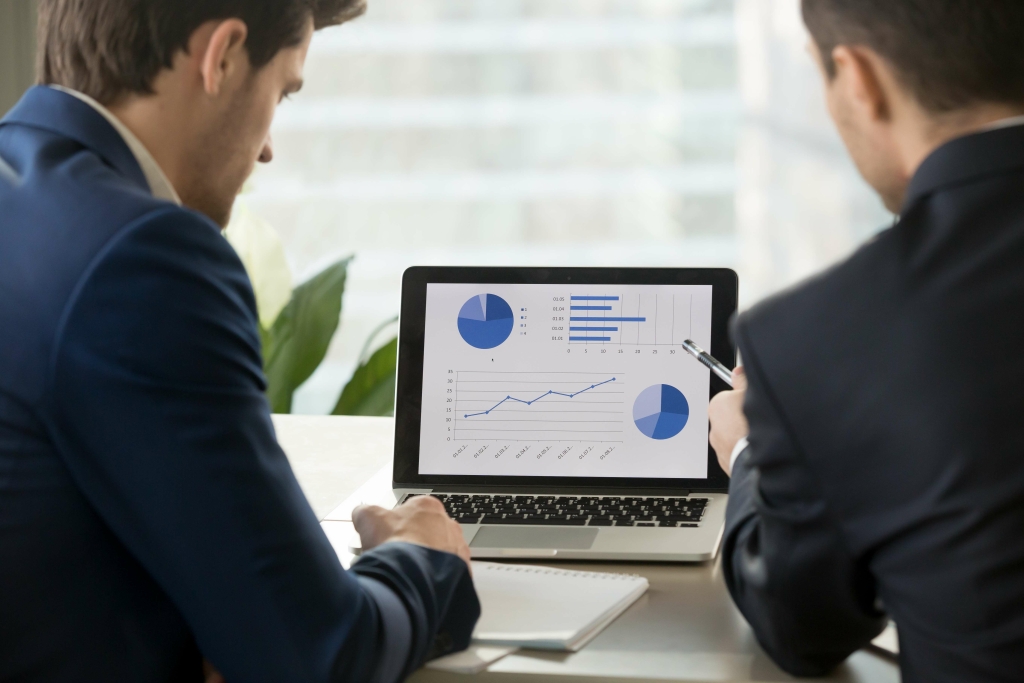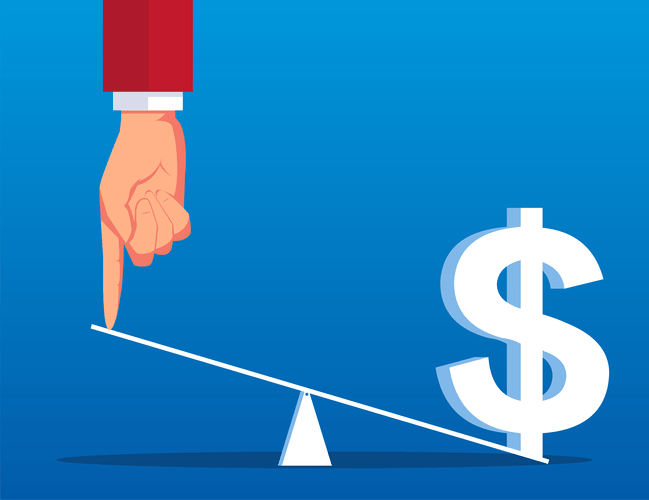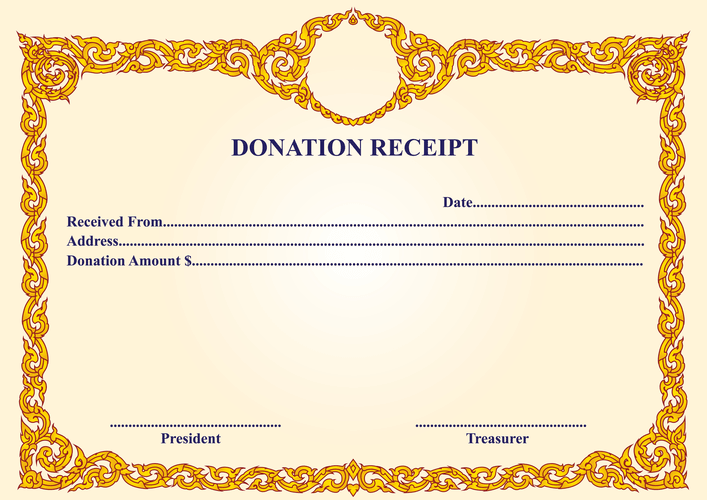Timely, reliable data is critical for decision-making and reporting throughout the M&A lifecycle. Without accurate information, organizations risk making poor business decisions, paying too much, issuing inaccurate financial statements, and other errors. Global brands and the fastest growing companies run Oracle and choose BlackLine to accelerate digital transformation. BlackLine delivers comprehensive solutions that unify accounting and finance operations across your Oracle landscape. It’s time to embrace modern accounting technology to save time, reduce risk, and create capacity to focus your time on what matters most. Streamline and automate intercompany transaction netting and settlement to ensure cash precision.Enable greater collaboration between Accounting and Treasury with real-time visibility into open transactions.
- A properly managed accounts receivable system can reduce financial risk and improve liquidity, thereby contributing to a company’s sustainable economic performance.
- If you see anything that may be amiss, you can even ask for feedback from other companies that they have previously done business with.
- A dunning letter is a collection notice that alerts a customer to overdue payments.
- Staying on top of those outstanding payments and following up with customers on a timely basis helps enforce payment policies by letting customers know that you take collection seriously.
However, it’s important to be persistent and continue reaching out until you’ve received payment. Sometimes it takes multiple attempts before a client finally agrees to pay up. The sooner you start chasing payments, the more likely you are to receive them in full and on time. One of the worst things you can do is wait until an invoice is overdue before taking action. By that point, it may already be too late to collect the money owed to you. This website is using a security service to protect itself from online attacks.
Accounts receivable management is also a critical component of customer relationship management. Timely and accurate billing and professional communication regarding payments build trust and confidence in business-client relationships. Not having well-defined policies and practices in place, especially as they concern credit and collections, can hinder the business’s ability to collect payment and sour relationships with customers. AR management faces many challenges that can slow and undermine its effectiveness. Poor communications between the business and customers can impact the business’s ability to follow through on payments due.
MAINTAIN CUSTOMER RELATIONSHIPSProviding excellent customer service by addressing any complaints or questions in a timely manner is crucial for managing solid working relationships. Now that we’ve covered the basics of accounts receivable, let’s dive into AR management—a how to calculate variable overhead rate variance critical aspect of any organization’s assets. When it comes to facilitating payments, providing multiple options is paramount. This approach ensures that customers can make payments even when their authorized personnel are unavailable due to travel or other commitments.
Common Challenges That Affect AR Management
Ensure that a commitment to quality permeates every aspect of your operations, from production and logistics to inventory management and your finance department. Avoid clutter and ensure all necessary details are included for a smooth payment process. Choose Air Corporate as your dedicated accounting service provider and get world-class accounting, or more, for your company. This may include disagreements about the invoice amount, the quality of the product or service provided, or late delivery. Emma’s 70-person geographically distributed accounting team improved internal controls and streamlined the audit thanks to FloQast. How controllers can achieve a strategic mindset to benefit their teams and the business.
Although companies are free to establish credit terms as they see fit, most companies look to the practice of the particular industry in which they operate. Net terms usually range between 30 days and 90 days, depending on the industry. Discounts for early payments also differ and are typically from 1 to 3 percent. A company’s credit policy encompasses rules of credit granting and procedures for the collections of accounts. Credit managers use various tools and techniques to evaluate creditworthiness of customers.
Professional services
Companies might also sell this outstanding debt to a third party—known as accounts receivable discounted or as AR factoring. A receivable is created any time money is owed to a firm for services rendered or products provided that have not yet been paid. This can be from a sale to a customer on store credit, or a subscription or installment payment that is due after goods or services have been received.
💹 Latest Articles:
This ultimately helps with customer retention, as happy, informed customers will keep coming back for more. And since earning new customers is six to seven times more costly than retaining a current one, excellent communication is a factor you can’t afford to ignore. In order to manage cash flow and financial liabilities, you need accurate, up-to-date bookkeeping that makes it easy to track orders, balances, and other key order details. The tool you choose should automate the process of examining the customer’s creditworthiness to determine if your company will extend credit to them or not. It should be easily configurable to reflect the criteria that’s important to your unique business.
For example, you can set automatic follow-ups with clients the first day a payment is late, then once each week until the account is settled. This ‘soft touch’ approach keeps communication open between you and your customer and ensures that they are aware of any upcoming payments. Remember that every touchpoint a customer has with your business (for instance, customer success) is an opportunity for you to proactively remind them.
What is Accounts Receivable Management?
An aging schedule is a report that organizes the outstanding (unpaid) receivable balances into age categories. The receivables are grouped by the length of time they have been outstanding, and an uncollectible percentage is assigned to each category. For example, a category might consist of accounts receivable that are 0–30 days past due and is assigned an uncollectible percentage of 6 percent.
Your customer data should also include accurate information about your clients. For example, if you have the wrong contact address for your client, then you can send invoices to the wrong person resulting in late payments. It’s vital that you keep clear and organised records of your customer data. This is a crucial part of establishing and maintaining a strong and effective accounts receivable process. This policy should cover areas such as credit limits, invoicing procedures, debt collection methods, and dispute resolution processes. By having a written policy in place, your team will be aware of what is expected of them when it comes to managing debtors and collections.
Sometimes it might be the right move for your company to outsource AR but ask yourself if you are doing it for the right reasons. If you are outsourcing only because of the operations of AR then this is a mistake. Instead, opt for using specialized AR software that will keep this process internal and will do most of the heavy lifting of the collection process thanks to automation.



















